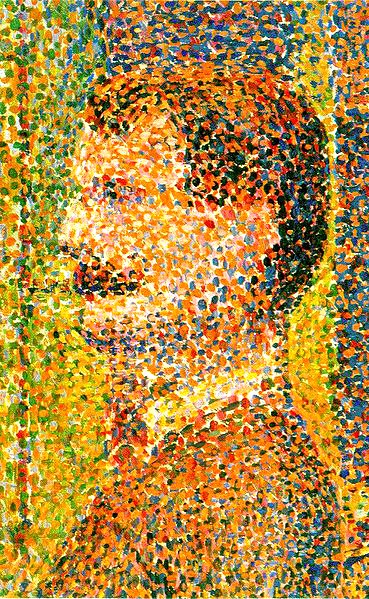Savvy readers will notice the conference mentioned in the title covers two big topics of this blog — leadership and art.
I’ve twice spoken at Leaders in Software and Art events, helped host another, and attended many others (a video of my work is currently on the LISA site’s front page). The organizer, Isabel Draves, has been building the events, consistently assembling artists and technologists to speak, network, and share about art and technology. (Her husband, Scott, creates just about the most amazing computer-based art I’ve ever seen.)
After many successful monthly salons, she’s finally making the first big LISA conference, assembling a great set of speakers. I expect this event will be as Isabel plans — a TED conference for the overlap of technology and art.
I recommend attending. Why? Because the speakers uniformly create great art and lead their fields in new directions or past where you’d expect. And you’ll meet them and their peers. I mean, look at the credentials of LISA speakers (including me):
Collectively, our presenters have shown work at MoMA, the Met, the Guggenheim, LACMA, SFMOMA, Cooper-Hewett, Museum of the Moving Image, the Whitney, the San Jose Museum of Art, the Museum of Contemporary Art of Barcelona, the Tate Modern, and the New Museum; they have won the Prix Ars Electronica Golden Nica and been celebrated by MediaLab Prado, Japan Media Arts, Piksel Norway, Boston Cyberarts, FILE, Siggraph, Transmediale, South by Southwest, Sonar, and ISEA; they have worked with ITP, Eyebeam, Harvestworks and the Rockefeller Foundation and are represented by Philips de Pury, Sotheby’s, Sandra Gering, Bitforms, and Nancy Hoffman Gallery. They are faculty at NYU, Columbia, Pratt, RISD, and UCLA.
Art and technology
Some consider art and technology unrelated, or joining different fields. They think of past paintings and sculpture, which look like the opposite of technology, and consider them different.
The more I learn about art, the more I learn how it appropriates technology, often at the cutting edge, to create new media. Art often drives science and technology. We don’t recognize at a distance how advances in, say color perception, drive art and how art drives, say, psychology. Seurat, for example, drew heavily on the science of color perception and contributed to it and was, for me, the first artist I learned of how scientific and technological even apparently non-technical art was. The science and technology in this detail is impressive. If you don’t see it, see the Seurat Wikipedia page for more background.
Technology and art have always driven each other. People who don’t see it in works from previous generations don’t see how then-new technologies have become common since their early applications.
What’s exciting about now is that you can see how technology and art feed each other as it happens. Looking at art and technology from the past you tend to take one for granted and miss how they interact.
Logistics
All the details and tickets for the event are on its Kickstarter page and the event announcement page. But basically, the event is all day Tuesday, October 16 at a Fifth Avenue art museum (not allowed to mention its name in marketing).

